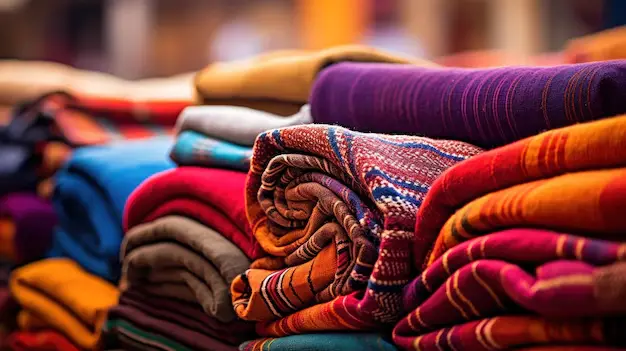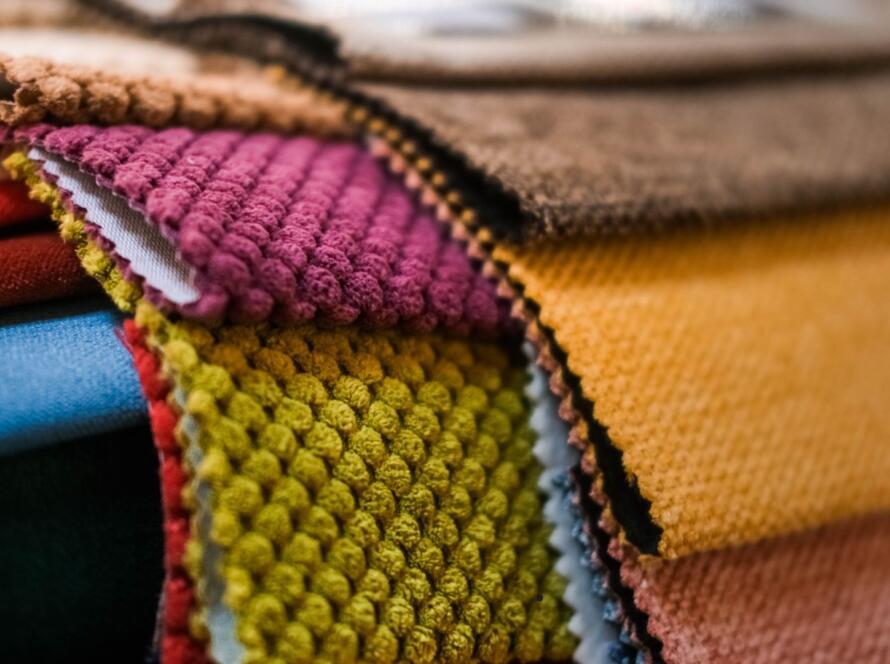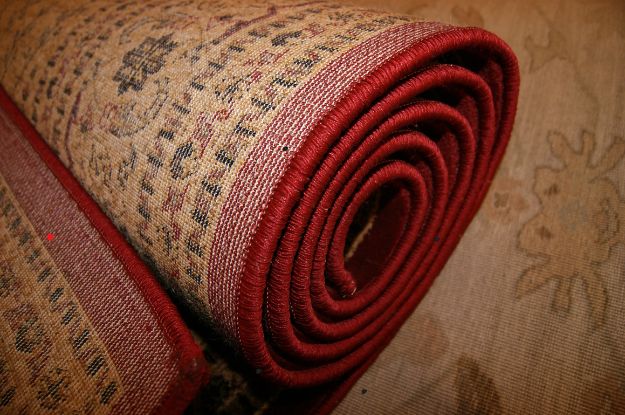
Home textiles and flooring have become integral parts of interior design, enhancing both the aesthetic appeal and functionality of living spaces. As people invest more in their homes, the demand for high-quality, innovative, and sustainable home textiles and flooring products continues to rise. In this article, we’ll explore the global market trends shaping the home textiles and flooring industry, analyze key drivers of growth, and present essential statistics that reflect the current state of the market.
The Global Home Textiles Market Overview
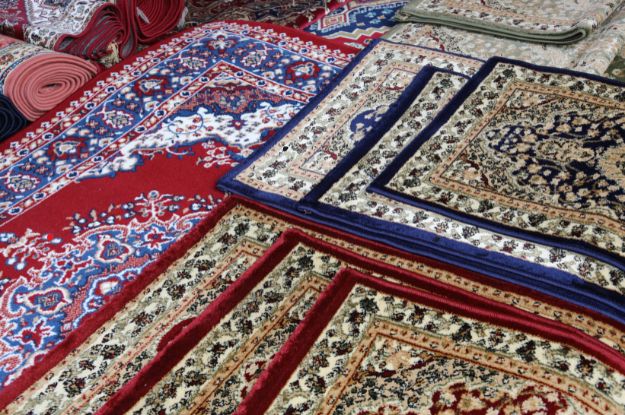
Home textiles include products like bed linens, curtains, towels, cushions, carpets, and rugs that add style and comfort to homes. The market for these products has seen significant growth, driven by rising urbanization, an increase in disposable incomes, and a greater focus on home decoration. According to market research, the global home textiles market was valued at approximately USD 102.0 billion in 2022 and is expected to reach USD 133.4 billion by 2028, growing at a CAGR (compound annual growth rate) of 4.5% between 2023 and 2028.
Shivalika Rugs: Global Manufacturer and Wholesaler of Premium Textiles
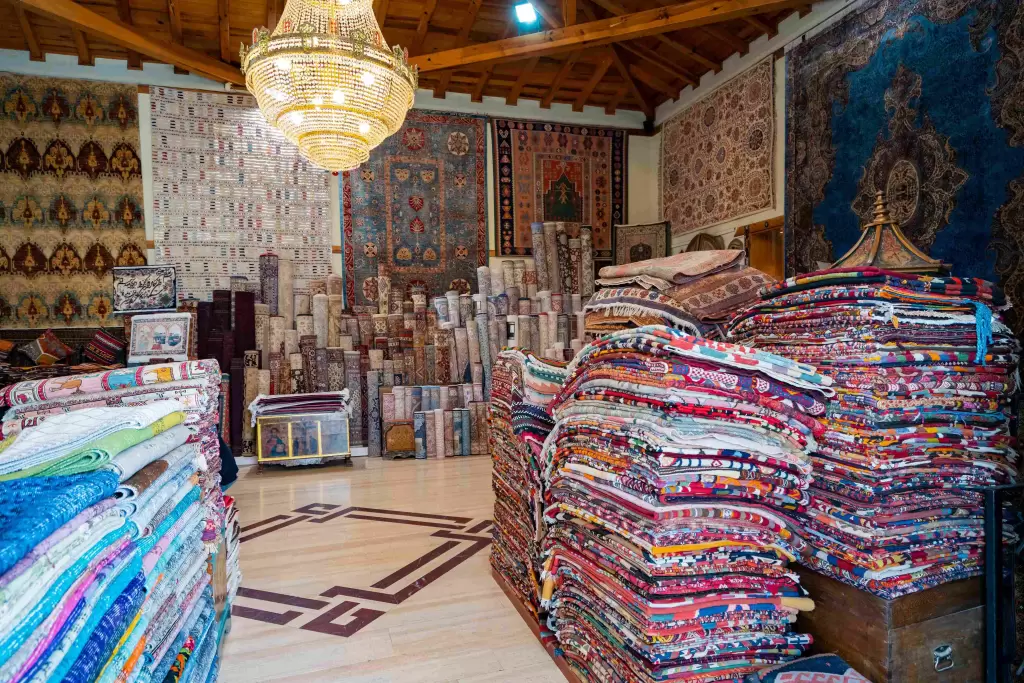
Shivalika Rugs is a renowned global manufacturer and wholesaler specializing in premium textiles, with a focus on handcrafted rugs and home décor products. For decades, we have been at the forefront of textile innovation, blending traditional craftsmanship with modern designs to create products that resonate with consumers worldwide.
As a manufacturer, Shivalika Rugs takes pride in using ethically sourced materials and sustainable production methods. Our skilled artisans, particularly in regions with rich weaving traditions like India, meticulously craft each piece to ensure quality, durability, and uniqueness. Our diverse range of products includes handmade rugs, carpets, and various textile products that cater to the growing demand for stylish and functional home décor in global markets.
As a wholesaler, Shivalika Rugs offers competitive pricing and flexible ordering solutions for retailers, interior designers, and distributors across the globe. We have established a robust supply chain network, ensuring timely delivery and the ability to scale production to meet the needs of our partners. With a strong presence in markets like North America, Europe, Asia, and emerging regions, Shivalika Rugs is committed to providing high-quality textiles that blend tradition with modernity.
Key Factors Driving Growth
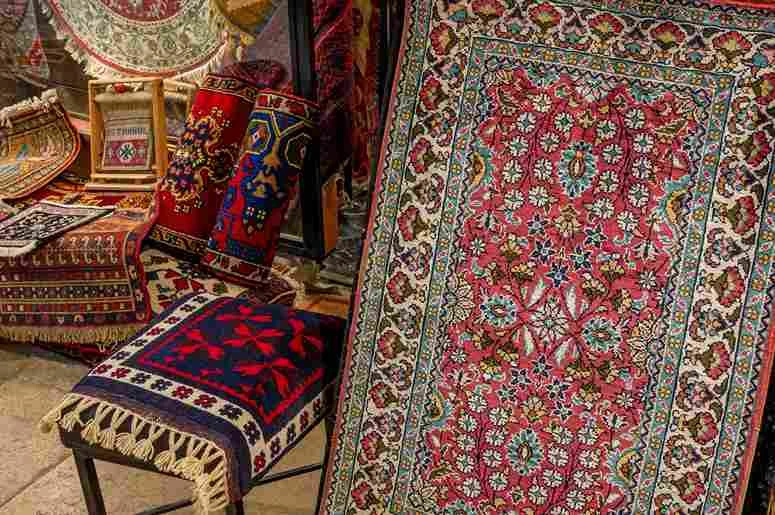
Rising Consumer Focus on Home Aesthetics
Consumers are increasingly interested in home décor that reflects their personality and lifestyle. The growing influence of social media platforms like Pinterest and Instagram has led people to focus more on trendy home designs, pushing up the demand for home textiles.
Sustainability and Eco-friendly Products
With growing awareness of environmental issues, consumers are looking for sustainable, organic, and eco-friendly textile options. Brands are responding by offering products made from materials such as organic cotton, bamboo, and recycled polyester.
Urbanization and Real Estate Development
The expansion of urban areas and an increase in the number of households, especially in developing countries, are driving the demand for home textiles. According to the United Nations, 68% of the global population is expected to live in urban areas by 2050, boosting the need for home furnishings and textiles.
Online Retail and E-commerce Expansion
The rise of e-commerce has made home textiles more accessible to consumers worldwide. Platforms like Amazon, Wayfair, and other online marketplaces have provided a global reach for both large and small manufacturers, allowing customers to compare products and prices easily.
Popular Home Textile Products
- Bed Linen: The demand for high-quality bed linens, especially in the luxury segment, is growing rapidly. Cotton is the most popular material, followed by linen and satin.
- Curtains and Drapes: Customization is becoming popular in curtains and drapes, as homeowners seek personalized designs.
- Rugs and Carpets: The trend toward minimalistic interior design is pushing consumers toward neutral-toned and geometric-patterned carpets and rugs.
The Global Flooring Market Overview
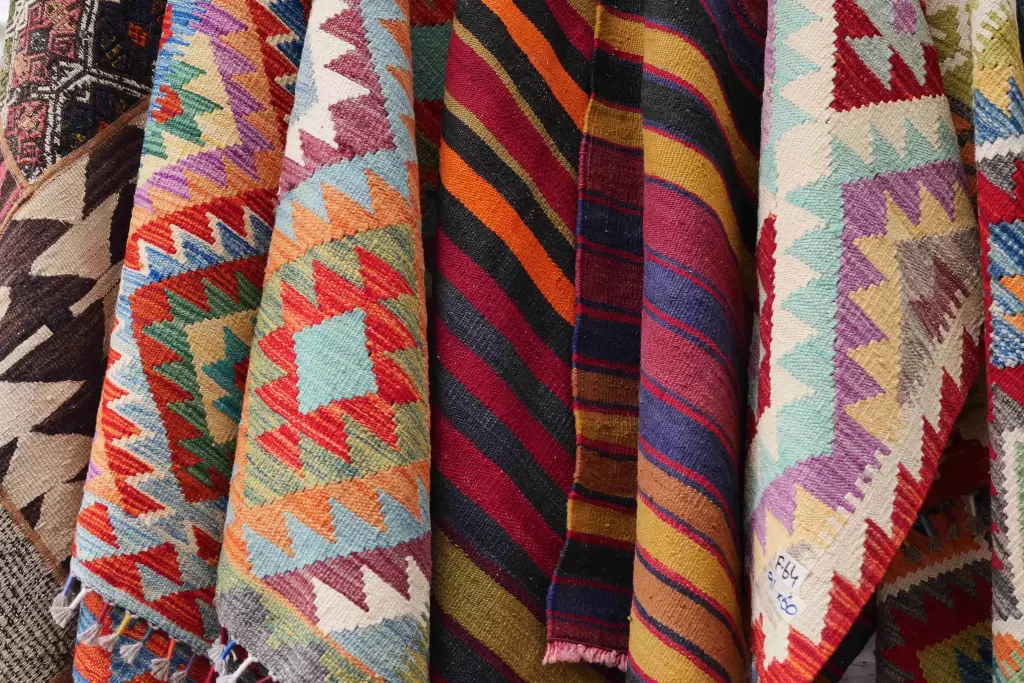
The flooring market has witnessed a surge in demand due to construction activities, rising disposable incomes, and increasing home renovation projects. Flooring includes materials such as tiles, hardwood, vinyl, laminate, and carpet. The global flooring market size was valued at approximately USD 409.0 billion in 2022 and is expected to grow to USD 621.8 billion by 2030, with a CAGR of 5.2% during the forecast period.
Key Factors Driving the Flooring Market
- Renovation and Remodelling Activities
With more homeowners investing in renovating and upgrading their living spaces, the demand for new flooring options has significantly increased. COVID-19 further accelerated home improvement projects, as people spent more time indoors.
- Technological Advancements in Flooring Materials
Flooring technology has advanced significantly in recent years, allowing for the creation of durable, scratch-resistant, and easy-to-maintain materials. Vinyl flooring, for instance, is now available in luxury designs that mimic wood and stone at a fraction of the cost.
- Sustainability in Flooring Choices
Similar to home textiles, consumers are increasingly opting for sustainable flooring materials. Bamboo, cork, and recycled wood are popular eco-friendly choices. Some companies are also developing flooring products from recycled plastics, which helps reduce waste.
- Growing Real Estate Market
The construction of residential and commercial properties is contributing to the growth of the flooring market. The global real estate market is expected to grow by USD 722.6 billion from 2022 to 2027, which directly influences the demand for flooring materials.
Popular Flooring Materials
- Hardwood Flooring: Traditional and elegant, hardwood remains a popular choice despite its higher cost. Oak, maple, and walnut are commonly used.
- Vinyl Flooring: Affordable, durable, and easy to install, vinyl flooring has gained popularity, especially in kitchens and bathrooms.
- Laminate Flooring: Laminate offers a cost-effective alternative to hardwood while providing a similar aesthetic appeal.
- Tiles: Ceramic and porcelain tiles are widely used in bathrooms, kitchens, and high-traffic areas due to their durability and resistance to moisture.
- Carpet Flooring: Although the carpet industry has faced competition from hard surfaces, it remains popular in bedrooms and living rooms for its warmth and comfort.
Regional Insights: Home Textiles and Flooring

Asia-Pacific
The Asia-Pacific region holds a significant share in both the home textiles and flooring markets. The demand is primarily driven by rapid urbanization, a growing middle class, and an increase in housing projects. China and India, in particular, are expected to continue leading the market due to their vast populations and rising disposable incomes. In 2022, the Asia-Pacific region accounted for nearly 43% of the global home textiles market.
North America
North America is another key market, with the U.S. playing a pivotal role. The region’s demand is driven by consumer preferences for luxury home décor, sustainable products, and home renovation projects. The U.S. flooring market alone was valued at USD 29.4 billion in 2022, with growth driven by both residential and commercial developments.
Europe
Europe is also witnessing a steady rise in demand for home textiles and flooring products, particularly in countries like Germany, France, and the UK. Sustainability is a significant trend in this region, with consumers actively seeking eco-friendly materials and brands that promote environmental responsibility.
The Future of the Home Textiles and Flooring Markets
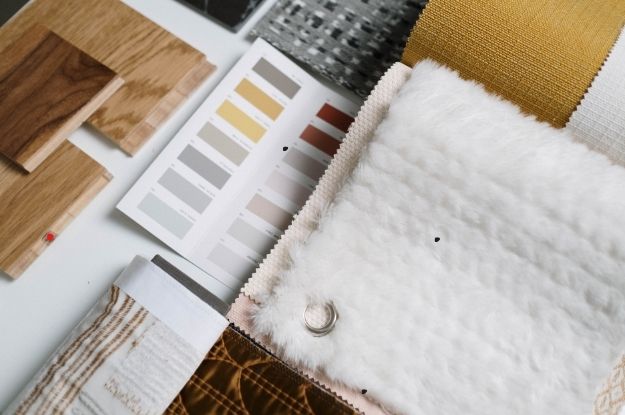
Looking ahead, the home textiles and flooring industries are poised for continued growth. Several factors, such as rising incomes, increased consumer awareness about sustainability, and technological innovations, will drive the market forward. As home textiles companies continue to innovate with new fabrics and patterns, and flooring manufacturers develop durable, sustainable, and affordable solutions, the industry will likely see significant expansion in the coming years.
Key Trends to Watch:
- Smart Textiles and Flooring: As smart homes become more common, we could see the integration of technology in home textiles and flooring, with products that adjust temperature, lighting, or even cleanliness based on smart sensors.
- Customization and Personalization: Consumers increasingly want personalized designs in both textiles and flooring. Companies that offer bespoke solutions are likely to thrive in the coming years.
- Sustainable Innovations: The move toward eco-friendly materials will only intensify, with more consumers and governments emphasizing the importance of sustainability.
Conclusion
The global home textiles and flooring markets are thriving and evolving in response to changing consumer preferences, technological advancements, and sustainability concerns. With urbanization, increasing incomes, and the growing influence of online retail, these industries will continue to expand, offering a wide range of opportunities for manufacturers, retailers, and consumers alike.
Sources:
- Grand View Research: “Home Textiles Market Size, Share & Trends Analysis Report by Product (Bed Linen, Bath Linen, Carpets & Floor Coverings), By Distribution Channel (Online, Offline), By Region, And Segment Forecasts, 2023 – 2030”
- Statista: “Global Flooring Market Size 2019-2028”
- MarketWatch: “Home Textiles Market – Global Industry Analysis, Size, Share, Growth, Trends, and Forecast 2023 – 2030”
- United Nations: “World Urbanization Prospects 2018 Report”



